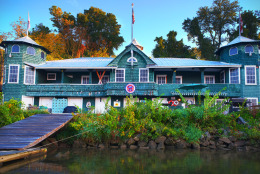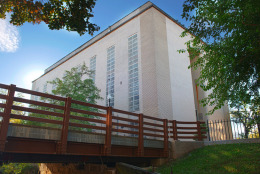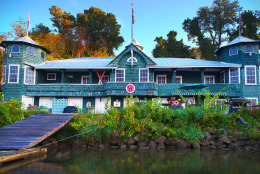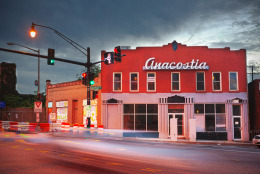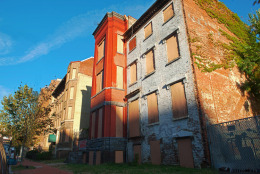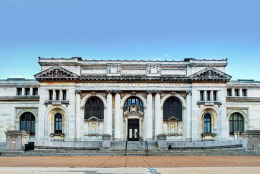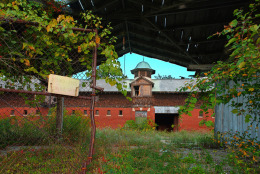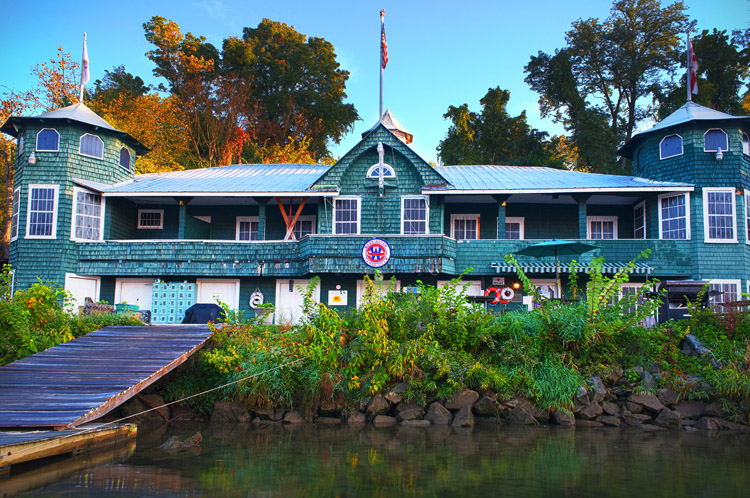
"Due to unclear ownership of the property, neither the Washington Canoe Club nor the National Park Service has been inclined to invest in restoration of the building," the league says. This summer however, the park service completed a report that will allow any plans to rehab the building to advance. However the NPS doesn't have the funding to make the repairs and the club is planning to launch a fundraising campaign.
(Photo courtesy Jason Hornick Photography + Motion/D.C. Preservation League)
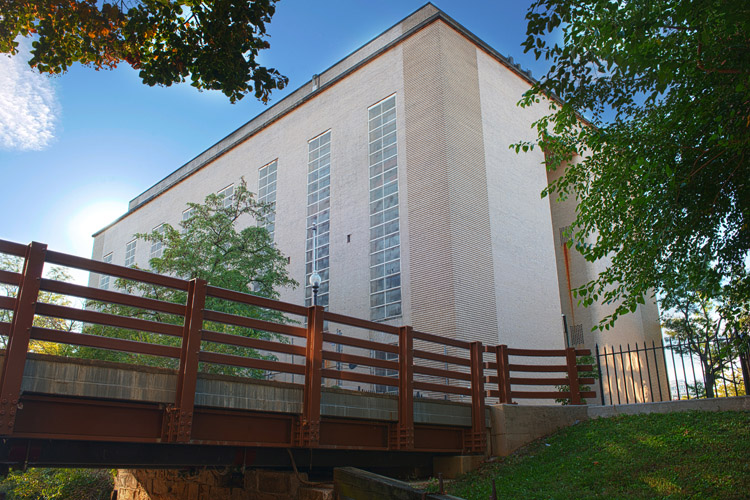
The league describes the building as having "rhythmically recessed and projecting wall surfaces, curved walls, and abstract imagery." The six-story structure and its "streamlined facades" and "subtle architectural details" demonstrates an architectural shift away from Art Deco design.
(Photo courtesy Jason Hornick Photography + Motion/D.C. Preservation League)
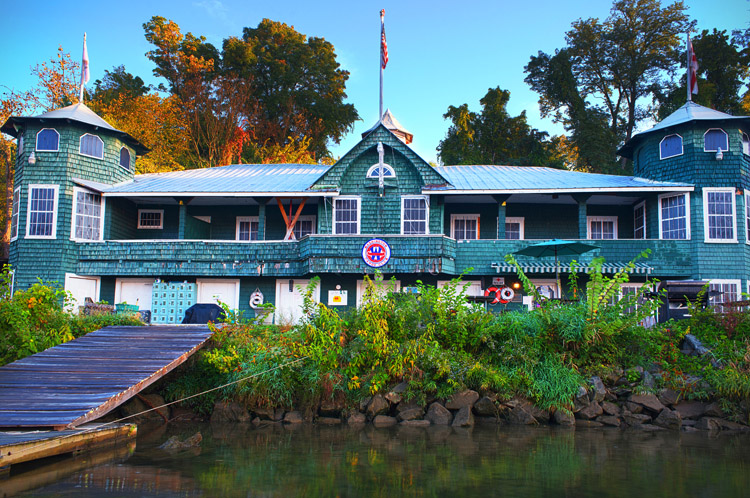
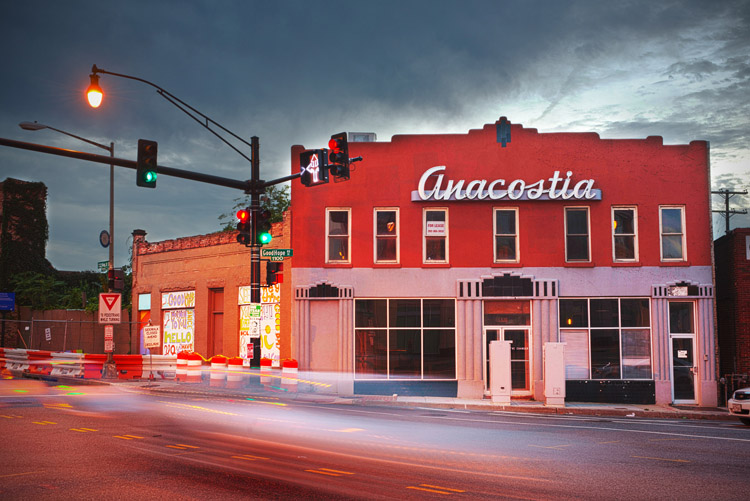
One of D.C.'s earliest suburbs, Anacostia offered housing for the working class and many residents earned their paycheck at the nearby Navy Yard.
The league says that proposed redevelopment in the area would demolish or relocate historic buildings and is "inconsistent with the historic nature of the area."
(Photo courtesy Jason Hornick Photography + Motion/D.C. Preservation League)
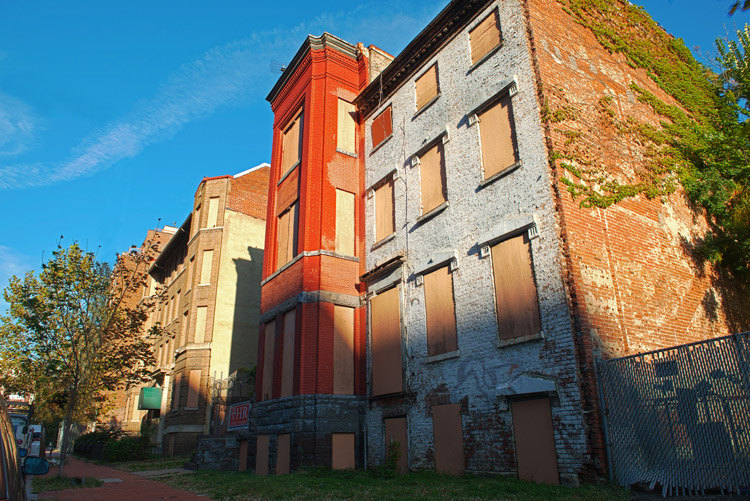
911 L Street is a three-story, brick rowhouse built in the 1850s. It is one of the oldest surviving buildings in the historic district. Next door, sits a three-story Romanesque-style brick and brownstone rowhouse built in 1892. Both feature raised entrances and English basements.
(Photo courtesy Jason Hornick Photography + Motion/D.C. Preservation League)
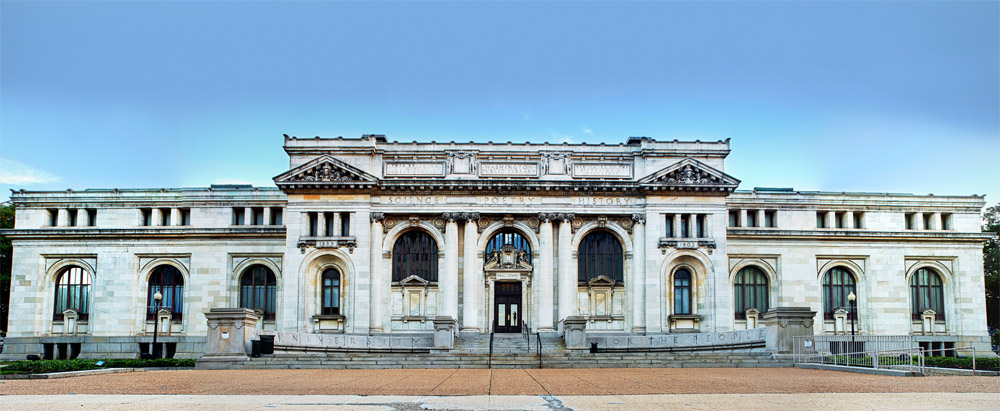
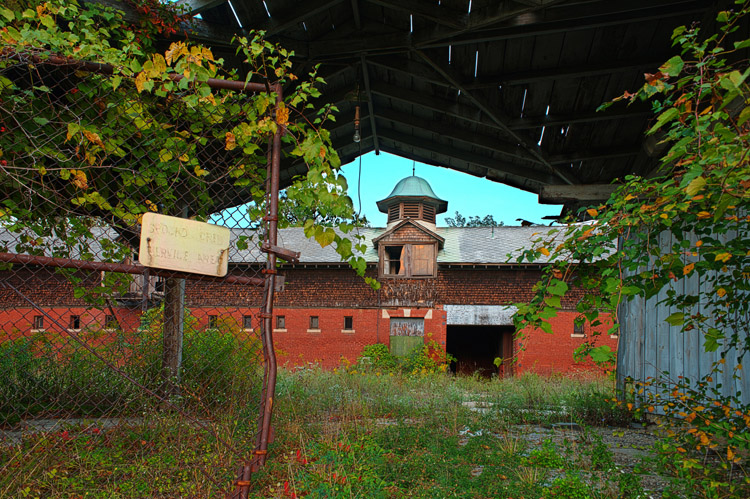
Today just two buildings remain: the horse stable and dry barn. They are deteriorating and could face demolition because of years of neglect. The District is actively seeking to redevelop the aging campus and features the former agricultural complex on the site map for the redevelopment project's website. The buildings could serve as the site of a farmers market, according to the league.
(Photo courtesy Jason Hornick Photography + Motion/D.C. Preservation League)
